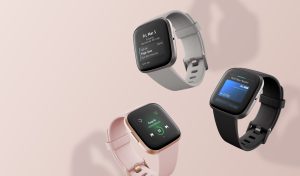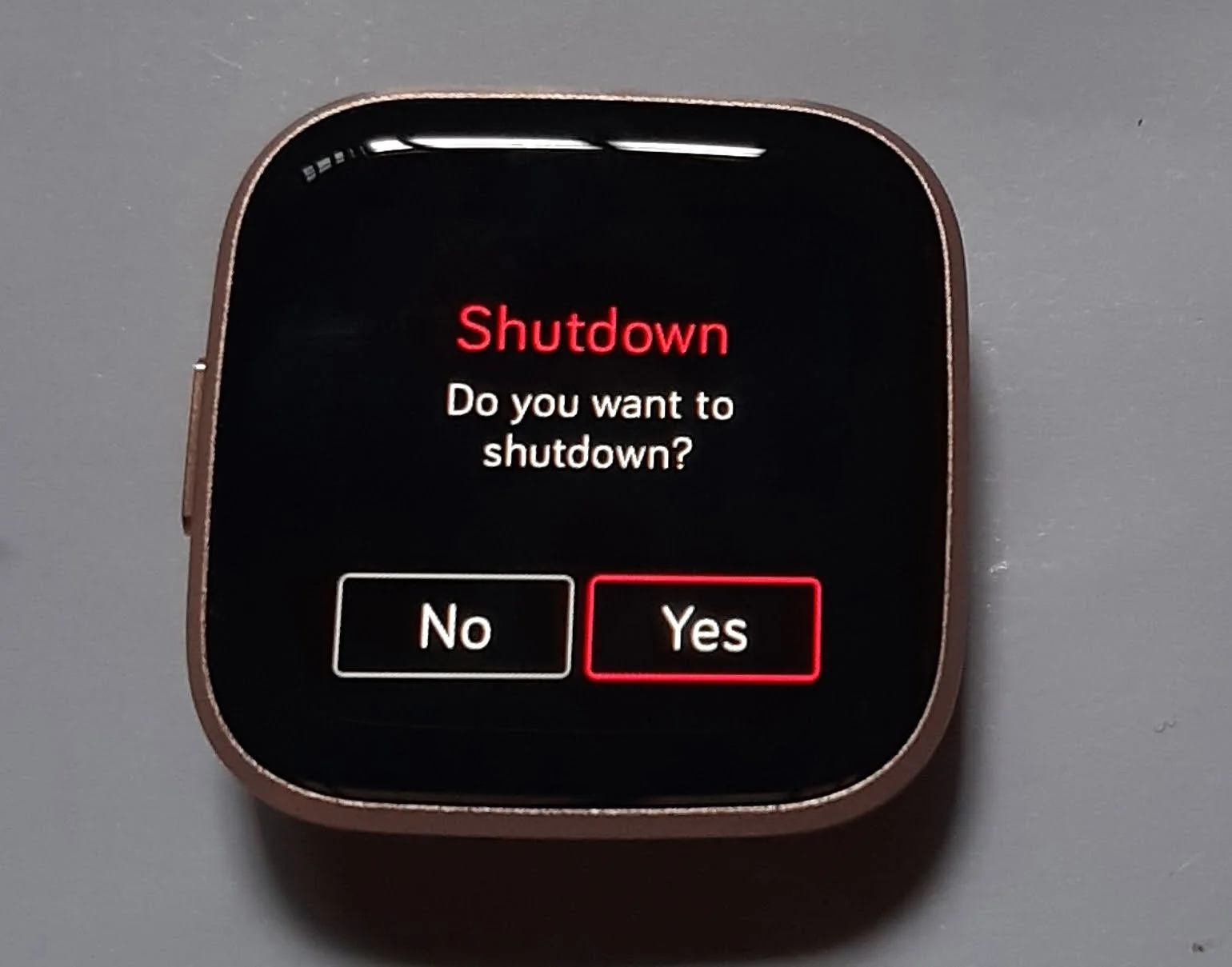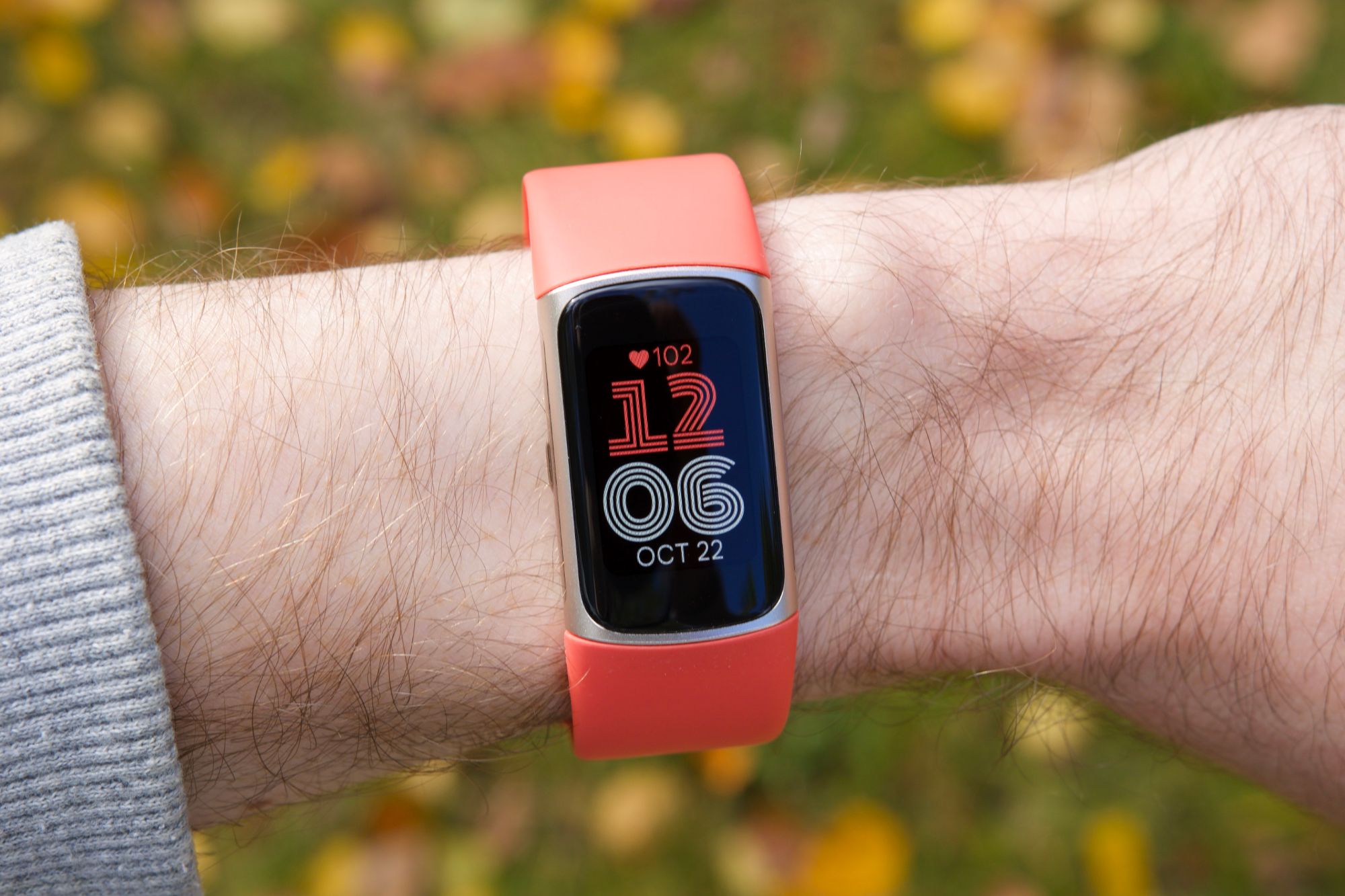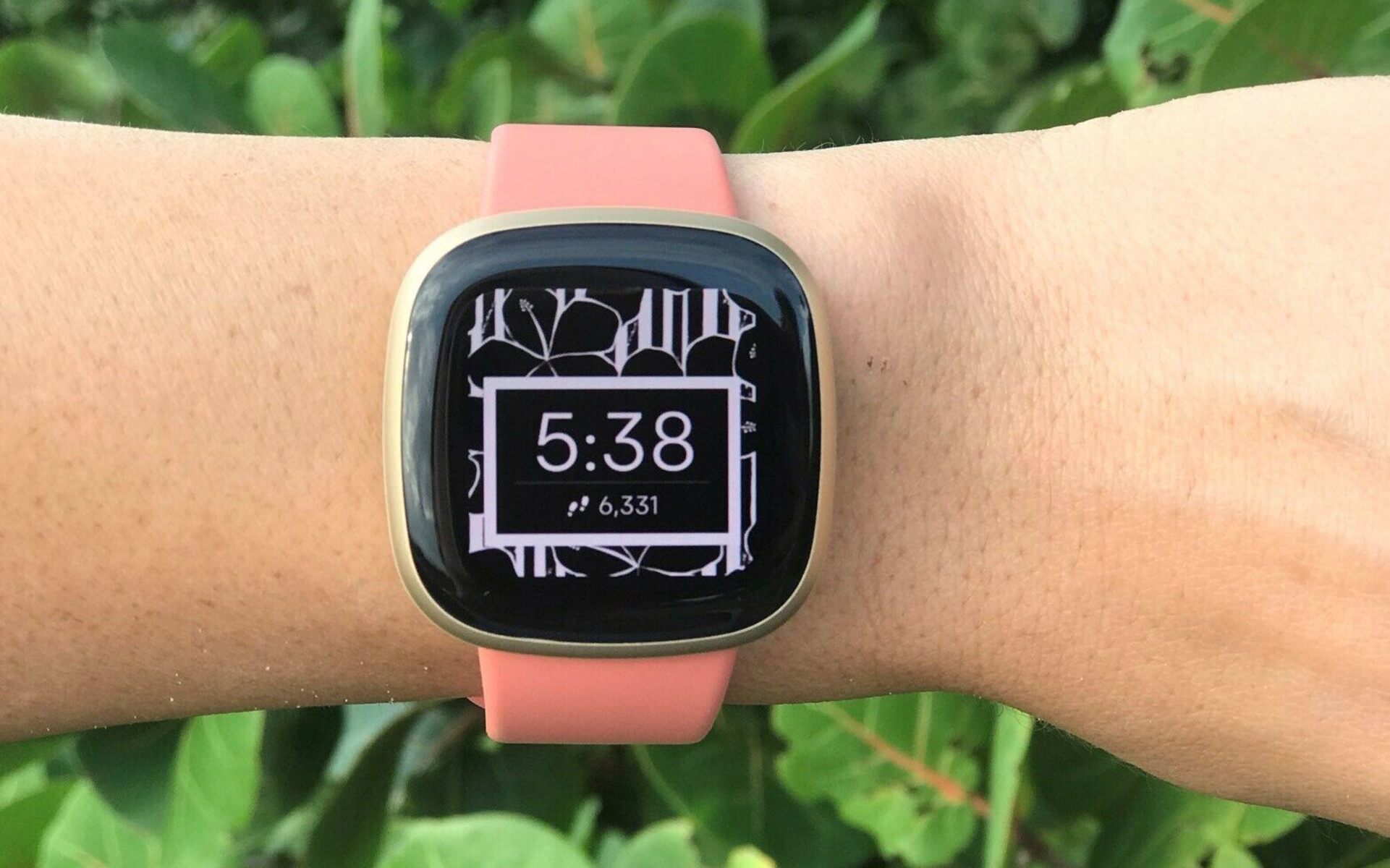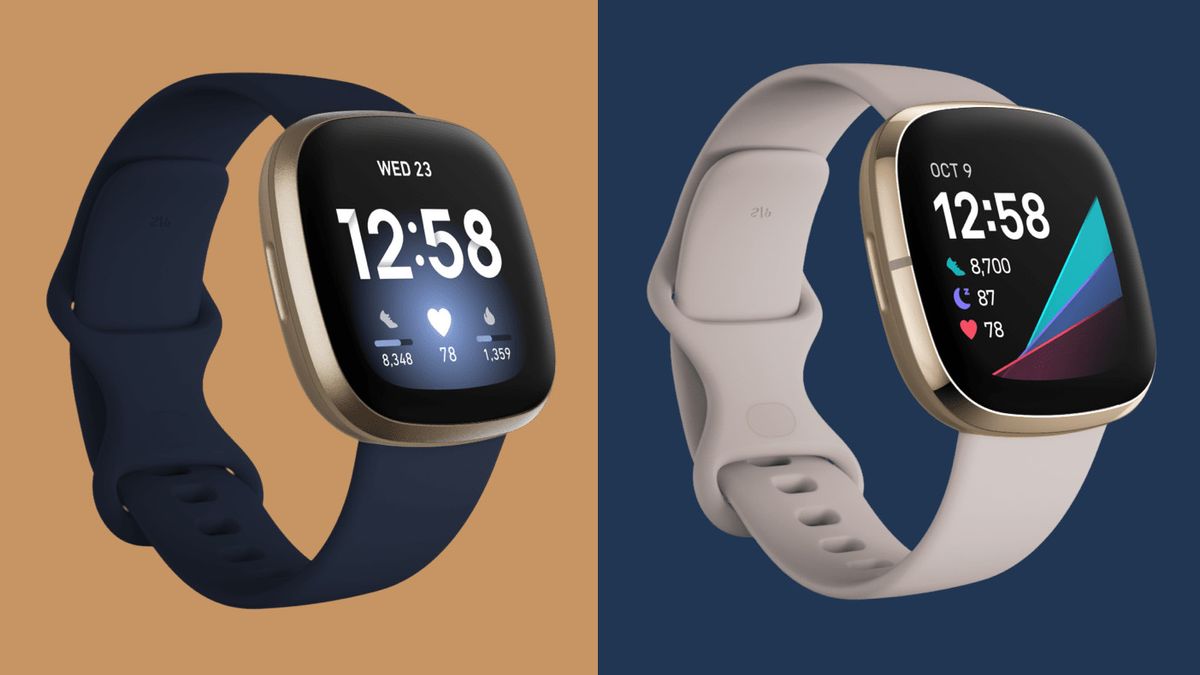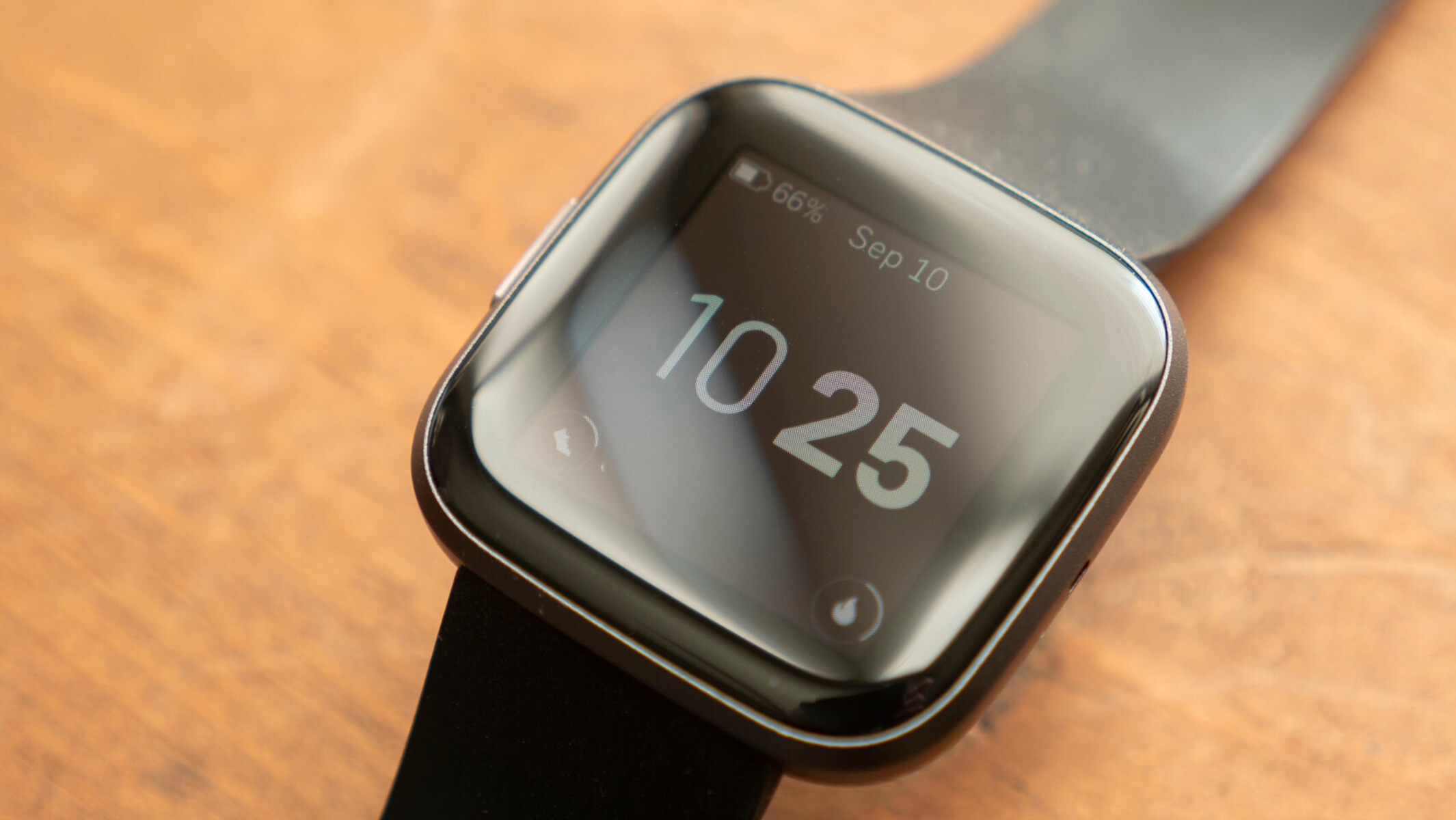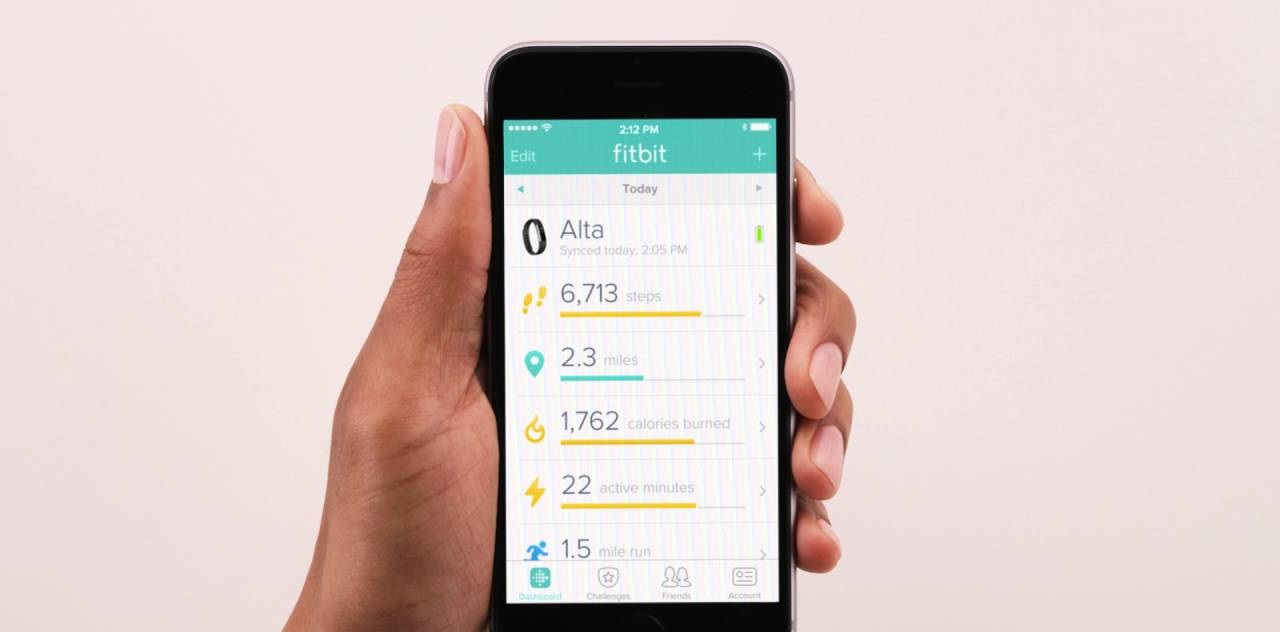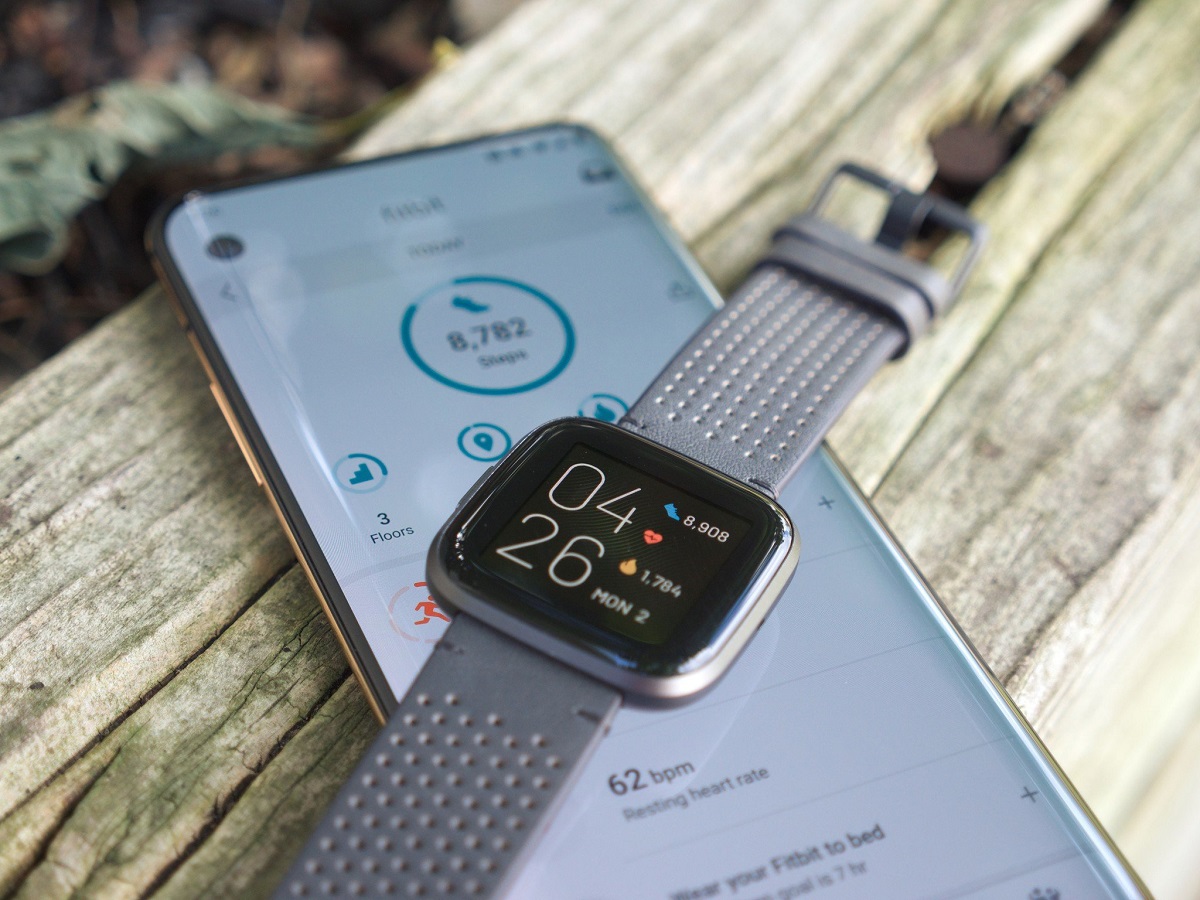The Fitbit Versa 2 is one of the best and most reliable smartwatch options available today, but there are instances when the Fitbit Versa 2 won’t turn on. There are a variety of potential causes of this problem, and understanding the cause is the key to getting your smartwatch working again. Let’s look at some of the most common reasons the Fitbit Versa 2 won’t turn on and how you can troubleshoot the problem.
Fitbit Versa 2 Won’t Turn On: Why?
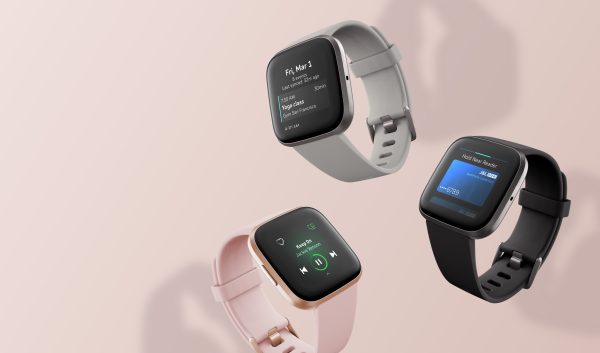

Fitbit is one of the most popular smartwatch brands to date, and the Versa range is one of the company’s most recent and somewhat successful attempts to cross into smartwatch territory. This smartwatch, in particular, is the successor to the original Fitbit Versa, and it seems to successfully outshine its predecessor in terms of design and features.
But while the Fitbit Versa line may be practical and reliable overall, there are instances when the Fitbit Versa 2 won’t turn on. There are several reasons why a Fitbit Versa 2 watch won’t open, such as a battery problem or an issue with the charging mechanism of the device. An issue with the device’s software may also cause it, preventing it from turning on properly.
But while there are a variety of potential causes for your Fitbit Versa not to work, the actual reason might be complicated, if not impossible, to determine. That being said, we would instead focus our guide less on identifying the root of the issue and more on finding a solution to get it fixed immediately. Analysis paralysis is accurate, and it’s true specifically for this case.
Fitbit Versa 2 Won’t Turn On: Here’s How to Fix It
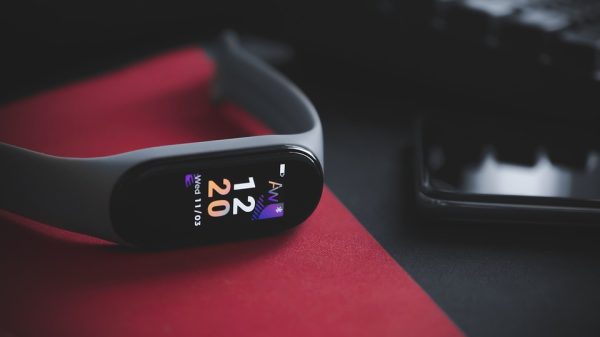

Let’s say you’ve just purchased a USD 200 Fitbit Versa. You’re impressed with its health tracking features, long-lasting battery, and third-party app integration. Not to mention, you also find its square-shaped, aluminum-backed, curved design just wonderful to look at and comfortable to wear.
However, after an entire week or so of using the device, the black screen of death suddenly rears its ugly head from within the device, or the machine starts to flicker and then die out like a candle. You try to inspect the smartwatch, but remember that you have no access to the internal components, and you’re not a technician.
At some point, you might give up looking for an explanation (which is the most likely scenario) and consider calling the Fitbit customer service hotline to ask for help. However, before you call on customer service, you can try various tricks to get your smartwatch working again.
Consider the following troubleshooting options:
1. Check for Dust
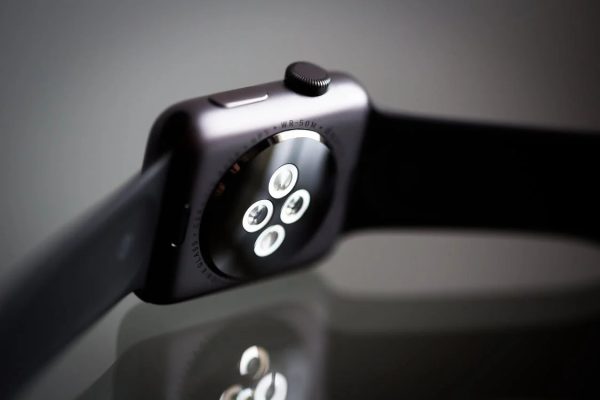

Dust buildup is one of the more common yet unacknowledged reasons why smartwatches (in general) fail to boot up. Like other smartwatch brands, Fitbit suffers from a minor design flaw involving small ports. These ports allow dust and small particles to build up in its nooks and crannies. With that in mind, you can try to physically eject dust that may have accumulated on your smartwatch without dismantling the device. Here’s how:
- Press the singular button on your Versa 2 repeatedly.
- After pressing the button, flip the watch to the side. Apply some pressure to its frame using the side of your palm.
- With the watch still lying on its side, press the button repeatedly to eject any dust buildup inside the eye.
2. Charge Your Versa
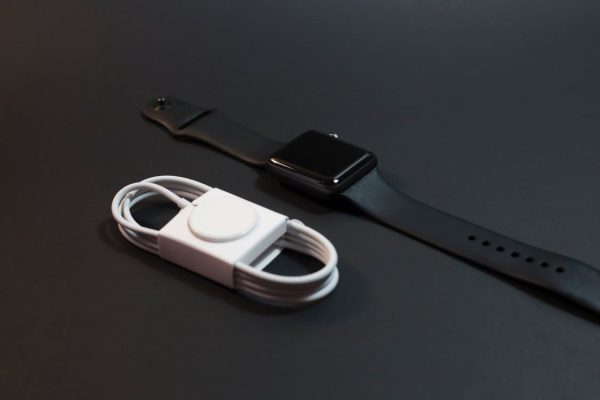

Another possible explanation for your Fitbit Versa 2 not turning on is that it simply lost power. Fitbit claims the lithium-ion battery on the Versa 2 can last up to four days on a single, full charge. But of course, this is only on paper, and most would only realistically last up to two days.
That being said, there’s a simple and obvious solution to the problem, and that is to charge it. Make sure that you set your device for at least thirty minutes. Doing so will allow it to save enough power to survive for at least a few hours. It’s also advisable to turn off the device before you charge it and keep it turned off for the duration of the charging process.
Of course, like most other devices, the battery on your smartwatch tends to falter over time. That is, it’s going to be able to hold an increasingly less charge, and this will cut total usage time more and more over time until you’re only able to use it for a few hours at a time. If your watch shows signs of battery problems, you may want to take it to a repair center for replacement.
It should be noted that companies designed lithium-ion batteries to retain a small amount of power even when it appears to have shut down due to the lack of it. This small reserve of power helps the battery maintain its power circuit until the next charge. That being said, your smartwatch is technically never entirely out of power whenever you need to charge it.
How to Charge Your Fitbit Versa:
For those new to Fitbit, charging the device is simple enough. Take note of the following procedure:
- First, plug the USB-C side of your charging cable onto the USB port of your computer. You may also plug the USB-C tip of your charging cable onto a UL-certified USB wall charger. Note that the other end of the charging cable should have a charging station with a spring clip to hold your smartwatch in place while charging.
- Make sure that the bottom pad of the charging station is placed on top of a flat surface.
- Pinch the spring clip to make it open just enough to secure your smartwatch inside. The watch should snap right into the square-shaped space when lying horizontally facing the right. Make sure that the pins on the charging cradle are at par with the gold pins at the back of the watch.
- Wait for the charging symbol to appear on the screen before leaving the device to charge on its own. If it doesn’t appear, you must ensure it is securely attached to the charging cradle.
- While the device charges, you can check the device’s battery level by simply tapping on the screen.
3. Verify if the Charger Is Working
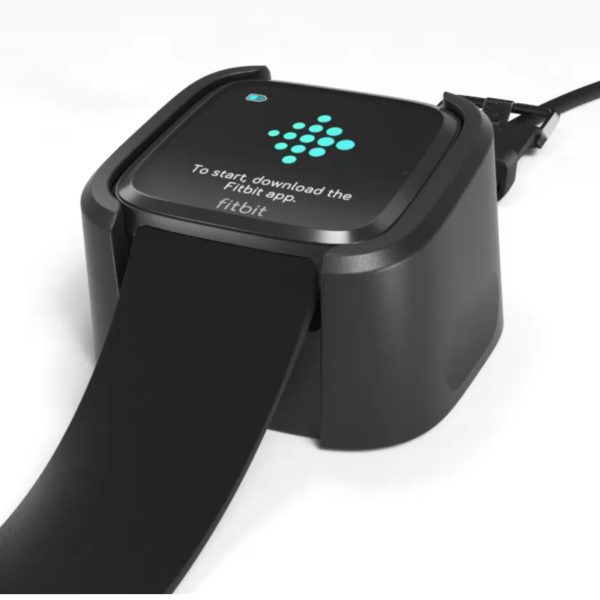

In some cases, Fitbit smartwatches don’t power up even after a charge because the charger is defective. Chargers are sensitive to daily wear and tear and may incur physical damage to their wiring, adapter, or pins.
While this happens only rarely, it’s also possible that the charger that came with your watch has a factory defect. If your charger fails to work right out of the box, you should be able to get a free replacement with a warranty. Alternatively, you may accidentally damage your charger by dropping it, scratching it, or exposing it to water.
Suppose you have access to a similar Fitbit charger (yours or a friend’s). In that case, you can test another Fitbit charger to see if the device charges normally. If your device charges normally, you will need to replace the charger for sure.
4. Reset the Software
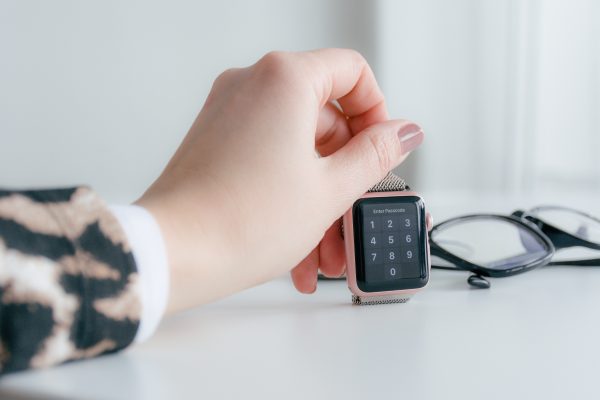

Suppose your smartwatch seems to function normally and there are no problems with the charger. In that case, you may consider a software-related problem that requires a complete reset of the software. A reset will remove malicious bugs that may be causing the pain. Still, it will also remove all existing data from the device.
Fitbit regularly uploads your health-related data to the cloud whenever your device is connected to the internet. When your device stops working, it becomes impossible for the various apps to upload the data they collected onto the cloud. That is, you will no longer be able to access all the data left inside your device once your Fitbit Versa 2 won’t open.
Unfortunately, there is currently no way to save data left on your device across multiple apps if you cannot open it. There’s also no way for you to save existing data since your device needs to connect to the internet to do so. In other words, you will inevitably lose some data whether or not you reset the device.
You may find that resetting your device’s software is a worthy option, even when it entails some data loss. It increases your chances of getting your device back to working order, though like with most troubleshooting tips, there’s no assurance that it will work a hundred percent of the time.
How to Reset the Software:
Now that you’re aware of the consequences of a reset, you can proceed to factory resetting your smartwatch’s system. Take note of the following steps:
- Take note of all three buttons on your smartwatch (top, left, and bottom) and press them for about twelve seconds. This will trigger the two-second hardware reboot after about eight seconds.
- Wait for the Fitbit button to appear and then disappear. Once the logo disappears, click on the bottom right button, followed by both the left and right buttons. Click on both buttons until the device emits a vibration. You may consider the vibrations as an indication that the device is now about to enter into a resetting mode.
- The factory reset may take a few seconds to run, and soon the Fitbit logo will appear, and the device will display the command for a new setup.
- Note that you need to press the appropriate buttons at precisely the right time to initiate the factory reset. If you fail to follow the procedure correctly and precisely, the Fitbit logo will appear quickly and boot without a complete factory reset.
5. Contact Fitbit Customer Support


Suppose you have tried the majority of steps mentioned, including a factory reset of the software. In that case, there may be a much more complicated problem involved. It could be a hardware-related problem, such as a faulty circuit board or a busted battery that requires replacement. Whatever it is, you need to leave the professionals to check the device and fix the problem.
Fitbit offers support to its customers via chat, email, or phone. You will also find pages dedicated to frequently asked questions with answers from the company. There’s also a community page where you can post your questions, and the community will answer them. Check out the Fitbit Support page for more details.
A Note on the Fitbit Warranty Policy


Note that all Fitbit smartwatches and products come with a one-year limited warranty. The warranty entitles you to a free repair or replacement of the device if and only if the cause of the problem is a factory defect. The contract does not allow you to do the same should the device get damaged due to external causes. These so-called “external causes” include accidental scratches, drops, or exposure to water.
If your device gets damaged because of an accident, you may still be able to get it repaired by Fitbit. However, you would have to cover the repair cost, and that would also include the parts that need to be replaced if such is necessary. The same applies to when you run out of time on your warranty, which is anytime past the first anniversary of the date of your purchase of the device. In that case, the company may still accept your device for repair but charge you for the cost.
With that in mind, Fitbit products’ factory-based defects are rare and few and far between. Additionally, most complaints associated with the device not starting are usually readily repairable without requiring unit replacement. Technical issues with the device should not be generalized across all Fitbit products.
Fitbit Versa 2 Won’t Turn On: Final Thoughts
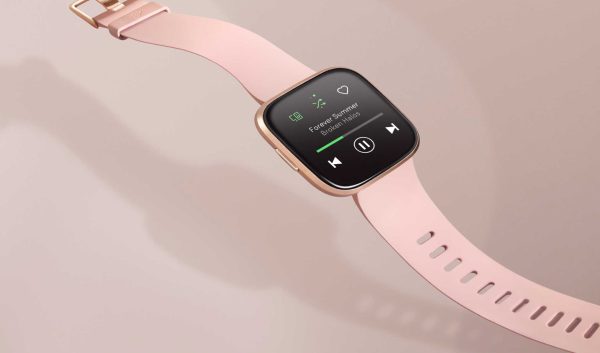

With that, we hope that you were able to learn a few troubleshooting tips to try for when your Fitbit Versa 2 smartwatch doesn’t turn on. With these steps, you should be able to troubleshoot fundamental technical issues that might arise with your smartwatch. Although, of course, more severe problems would require examination by an expert. If you think the issue is deeper, then you should contact Fitbit customer support.
As we’ve noted, Fitbit Versa is a hybrid-type watch, and it aims to combine the functions of a smartwatch with fitness-tracking capabilities. With that in mind, you may prefer devices that are focused specifically on fitness tracking and health tracking above other capabilities. These types of wearables are less complicated and may be less prone to technical difficulties. A few of the more popular options among fitness wearables include the Whoop fitness tracker or the Amazon fitness tracker.
When it comes to the more unusual yet science-backed niche of the smartwatch market, there is a new option that is currently making waves in the industry. The Apollo Neuro is a wearable device specifically and exclusively built to help reduce stress and anxiety using haptic vibrations. The vibrations that the device emits are designed to lower heart rate variability (HRV). HRV is a common indicator of stress and anxiety. While the technology is still relatively new, the studies that have been conducted so far indicate promising results.









